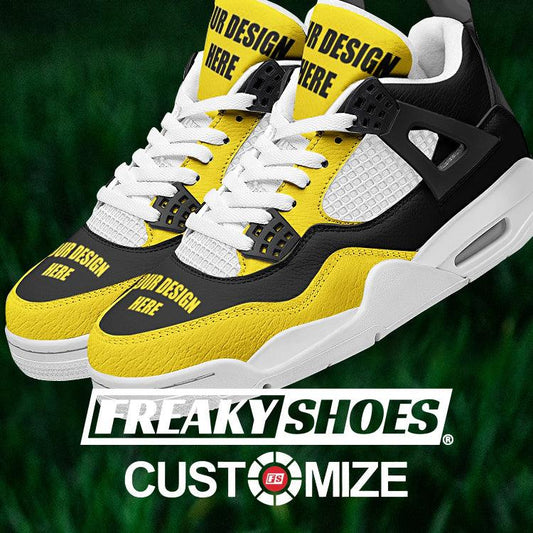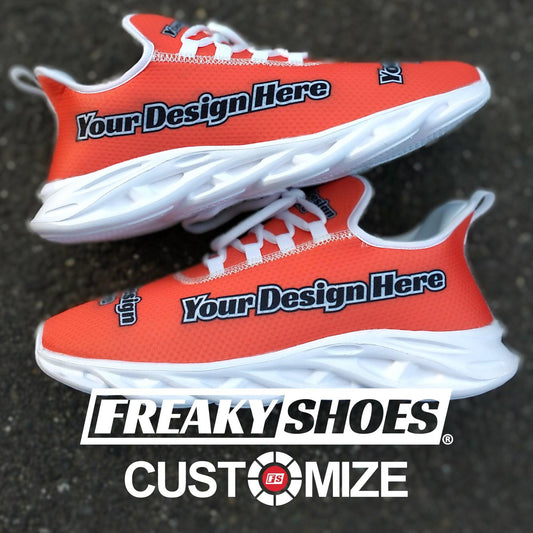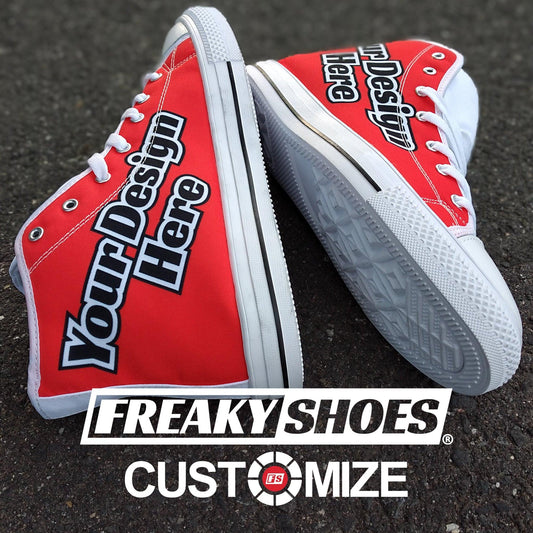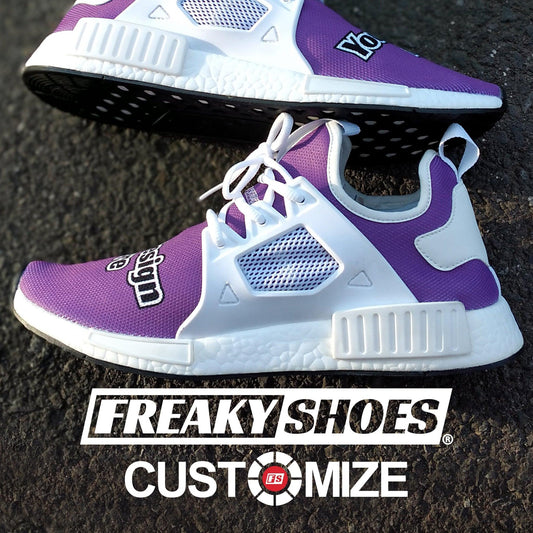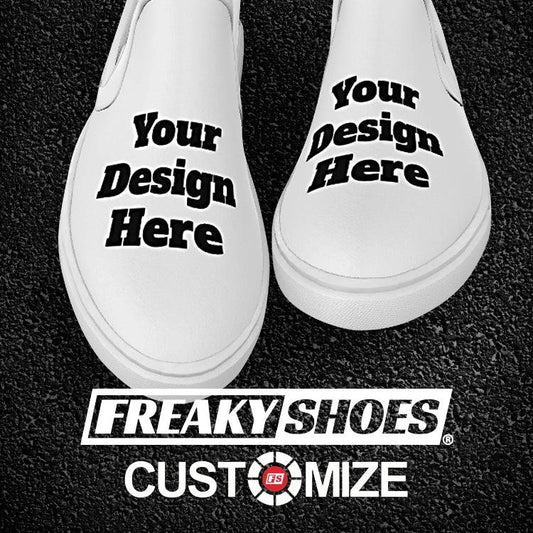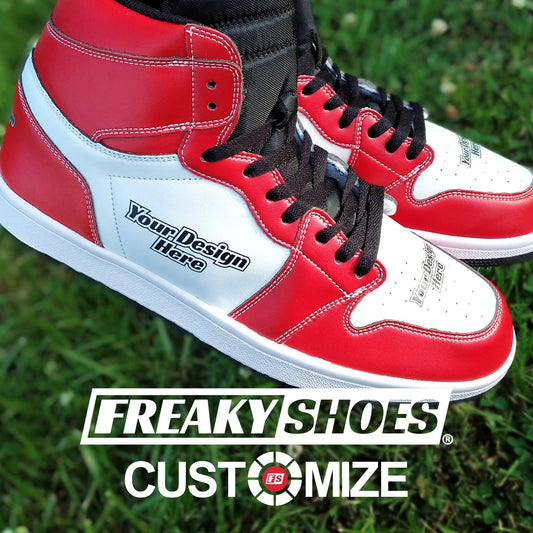One of the most complex things while buying shoes is understanding the shoe width, mainly because there is no one sizing standard that applies to all. Different shoe brands use distinct techniques, styles, molds, and measurement systems to craft their shoes. Hence, sometimes finding the ideal size might be equivalent to cracking a secret code. One particular notation that stands out is “4E.” So, what is 4E in shoes?”
4E is just a letter pertaining to the width of a shoe usually in men’s shoe sizing charts. If you come across a 4E size, it signifies that the shoes are extra-wide. The most frequently used E’s used in this range for men’s shoe sizes are 2E (wide) and 4E (extra-wide), meaning the more E’s you add, the larger the width of the shoe will be, in general.
However, things are slightly different when it comes to women’s shoes, and since women’s feeta are typically narrow, you will rarely find any shoe options in women’s shoe sizing with a width of 4E. Keep reading this guide as I uncover everything you need to know and understand about shoe sizes.
What Is Meant By 4E in Shoes?
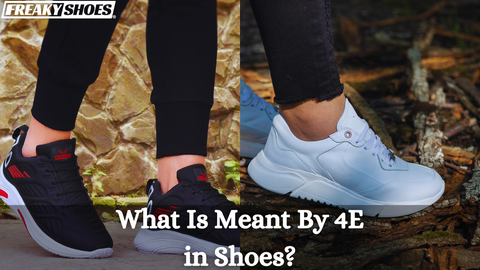
Most brands use one of the two measurement systems: the word-based system or the letter-system. 4E belongs to the letter system in which letters are used to define the width of a shoe.
When we talk about shoes and the letter E is being considered, the two most commonly used terms in the E letter range are 2E and 4E. In the shoe-sizing chart for men, 4E signifies something as extra wide.
While 2E for men is deemed wide, sizes like 4E or shoes with broader widths are classified as extra wide. This is mainly because broad sizes of shoes are highlighted using an array of different abbreviations, phrases, and notations, just like this one.
As more E’s are added, the overall width of a shoe gets bigger. This same concept applies to the other letters as well, which I will cover later.
When considering women’s shoes, things are a bit different. Since 2E or broader shoes already represent extra-wide widths, you will rarely come across shoe options with a width of 4E or more.
The only exception that applies here is to shoes that are crafted with a width of 10E or more, which is the standard size for people who are diabetic.
2E vs. 4E: What is the Difference?
Typically, the difference in shoe width between the sizes 2E and 4E is not that significant. At the very least, you can expect to find a difference of around 1/2-inch between 2E and 4E.
Likewise, the other letters in the list such as 2A, B, and D will also have an impact. Still, you can observe a width difference of 3/8-inch between 6E and 4E.
Usually, the most visible difference between the widths can be found on the ball of the foot, along with a slight difference of width between the shoe’s heel and tip.
What Types of Wide Width Shoe Sizes Can I Find?

Broad shoe sizes are often explained via use of various terminologies, which can be utterly confusing if you lack awareness. For instance, it is one thing to understand sizes when they’re written in words (i.e., normal, medium, wide, or extra-wide).
However, sometimes when you see letters like A, B, D, E., etc., or even a combination of numbers and letters like 2A or 4E, it can be quite challenging.
Shoes that have wide widths are just like your standard-size shoes except they come with a slightly bigger forefoot and a more spacious toe box to accommodate people with broad feet.
This is because even though people with broader feet have a comparable heel width to narrow feet, they generally have much broader toes and a more expansive forefoot.
Additionally, since broader feet also have more elevated arches, wide-width footwear might even have more depth.
An In-Depth Explanation of Shoe Widths
In order to understand 4E better, it is important to have a profound understanding of the different kinds of shoe widths. Just like human beings come in various sizes, shapes, and skin and body types, so do our feet.
Hence, the only way shoe companies can accommodate the differences in foot sizes is to manufacture shoes in a vast range of lengths and widths to ensure a secure, comfortable, and easy-going fit for all foot types.
Typically, the width sizing system can be explained effectively via the use of a letter code that varies from narrow to extra-wide. Having said that, here is a comparison of the different shoe sizes in terms of width explained by letters.
A/2A/4A Widths (Size: Small/Smallest)
This size is usually applicable for women’s shoes, and any shoes under the A width section can be classified as either narrow or too narrow, depending on the size. The A width shoes are the smallest in size.
Similarly, the letter A in men’s shoes indicates that the shoe is extra narrow. As you keep adding more A’s, the shoes get narrower in size. So while A and 2A are classified as narrow, a width size of 4A indicates extra narrow shoes.
B Widths (Size: Medium)
The most frequently used and generally applicable letter sizing for women in terms of shoe width is B as it classifies the shoe is of regular width.
In other words, these shoes can be referred to as normal, standard, or medium. In terms of men’s shoes, the B width shoes are still deemed to be narrow.
D Widths (Size: Large)
For men, shoes with D widths are considered more of a regular size. Moreover, a size D is the standard width across a vast range of brands.
In other words, these shoes can be referred to as standard, normal, or medium for men. In term’s of women’s shoes, shoes with a D width will be ideal for those who have wide feet.
E/2E/4E Widths (Size: Super Large)
2E and 4E are frequently used sizes for people who have super large or broad feet. The greater the number of E’s, the greater the width of the shoe. For men, the size 2E indicates a wide shoe whereas 4E indicates an extra-wide shoe. On the other hand, 2E or anything larger indicates extra width for women.
How to Determine If You Need Wide Width Shoes
You went to a shop and found the perfect pair of shoes that match your style and liking, only to find that even though they fit perfectly length-wise, they are actually quite cramped from the sides.
If you have faced a similar situation, it is quite evident that you might need shoes of a wider width. The most common thing people do in scenarios like these is to opt for a longer length of shoe.
While this does offer some extra width, your shoes will still feel clumsy, with additional space in either the toe box or the heel.
You might want to prevent being in this situation as this can change your gait, result in blisters or chafing, or even cause you to trip or fall. Hence, the best possible solution is to find yourself shoes that fit accurately.
Finding the Perfect Fit
Here are some essential tips that you must keep in mind while shopping for extra wide or 4E shoes.
Measure Your Feet
When shopping for 4E shoes, it is important to give precedence to the fit. Our feet are bound to change in shape and/or size over time. In order to ensure accuracy, it is vital to measure your feet especially before investing in 4E shoes.
One of the most effective ways to check the width of your foot is to use the Brannock Device, which is an ideal tool for measuring feet. But, despite being the most widely used device for measuring the length of foot, it also features a slider to measure the width.
Try Before Buying
Despite the modern-day convenience one can get from digital shopping, visiting a traditional brick-and-mortar store is always the best way forward as far as shoes are concerned.
This way, you can try on the shoes and determine their fit more effectively as well as observe any signs of pressure or discomfort.
Consult a Podiatrist or Specialist
Ultimately, the best option is to consult a footwear specialist or podiatrist to provide tailored recommendations if you have a specific medical condition.
Who Can Benefit from 4E Shoes?
Now that you know what 4E means in shoes, you must be thinking who can benefit the most from these extra-wide width shoes. The answer is: there are many people who can.
People with Medical Conditions
Certain medical issues and foot problems like arthritis, plantar fasciitis, diabetes, etc., can make it incredibly difficult to find appropriate shoes.
Luckily, since they are extra wide, 4E shoes are effectively able to ease pressure points, fit in orthotic attachments, and support adequate foot alignment.
Athletes
Anyone from basketball enthusiasts to runners will ultimately need to invest in shoes that give them sufficient space for their feet to naturally splay during sports and physical activities.
4E extra wide shoes are spacious enough to accommodate agile movements during sports without hampering the athletes’ performance or comfort.
People with Wide Feet
Most people naturally have broad feet, which can be either genetic or due to other reasons. These extra wide shoes can be suitable for individuals with broader feet who require space in the toe box and heel area, without compromising on support, comfort, or style.
Wrapping Up: Do I Really Need 4E Shoes?
Suffice to say, if the shoes you wear are of regular width but still feel slightly tight in the upper area, you probably can do better with some wide width shoes. In such cases, you might need to shift to E or 2E wide shoes, depending on your current size.
Or if you wear medium-width shoes but still notice your feet spilling all over, maybe it is a sign you need to shift to 4E (extra-wide) shoes. Still, it is important to know that the only way to find your true width size is to try it out first because the width tends to differ from one brand to another.











